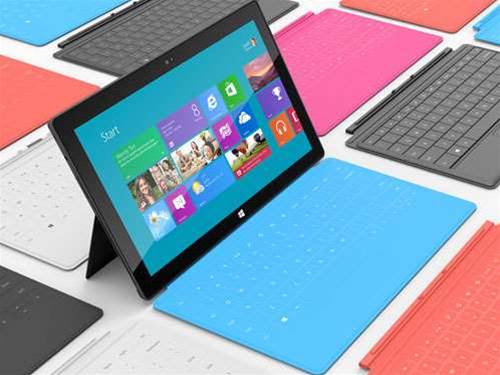The Australian Transport Safety Bureau has stepped out of the shadow of its former parent body by splitting out its IT environment and overhauling end user computing.

Until 2009, the ATSB was under the auspices of the Department of Infrastructure. After it separated the agency continued to have many of its ICT needs provided through the department.
It obtained the likes of managed IT and WAN services indirectly through ASG and NextGen via the Infrastructure department.
Following the split and a 2013 review that found its existing IT setup limited its ability to achieve its strategic objectives, the bureau decided it wanted to have its own arrangements.
Late last year the ATSB went out to tender for a managed services provider who would take care of all of its ICT needs, ranging from end-user computing, infrastructure-as-a-service to security and WAN.
The contract was won by ASG, and the transition to the new agreement took place in March this year.
ATSB CIO Chris Fitzpatrick told iTnews the agency now had two managed offsite primary and secondary data centres, while staff were benefiting from new Surface Pro 3 hybrids.
The agency had initially planned to roll out the Surface Pro 2, but jumped on the newer model when it was announced mid last year. It also upgraded its standard operating environment from Windows 7 to 8.1
“Subsequently, 90 percent of our staff have adopted [the tablets], with the remainder on higher spec’d notebooks or desktops," Fitzpatrick said.
“The hardware rollout went hand-in-hand with our move to a hosted environment. We took the big bang approach with our IT upgrades."
In its draft ICT strategy plan for 2015 to 2019, the ATSB listed improving the services available to the mobile workforce as one of its key aims.
“The Surface Pros take care of most of our document requirements, and in fact that was one of the major selling points,” Fitzpatrick said.
"We set up a wireless network, which allows staff to dock and undock their Surface Pros and move from desk-to-desk in the same session.
“And then offsite, it’s just a matter of having a wi-fi hotspot, and that’s usually done through our BlackBerrys."
An upgrade from BlackBerry enterprise server - from BES 10 to BES 12 - also formed part of the wide-ranging project.
“We never moved away from BlackBerry, we stuck our toe in the water a little with iOS, and I know a number of government agencies went down the path of rolling out iOS devices to their staff,” Fitzpatrick said.
“But with just-on 100 staff, it’s quite an expensive exercise to roll out the new devices and then roll out a new MDM platform for iOS on top of that for security.
“Our concern has always been securing information. They’re there for business applications first, we didn’t want them for personal use.”
Most of the ATSB’s smartphones are touchscreen Z10s and Z30s, combined with BES 12. The BES 12 platform also supports a small number of Android and iOS smartphones, which are being trialled by the agency.
“We may or may not go further [with Android and iOS] because our current handsets do all we require. The current handsets make it easy for staff to comply with our current mobile telephone policy with regard to separating business and personal use," Fitzpatrick said.



_(22).jpg&h=140&w=231&c=1&s=0)

_(20).jpg&h=140&w=231&c=1&s=0)



_(26).jpg&w=100&c=1&s=0)

 iTnews Executive Retreat - Security Leaders Edition
iTnews Executive Retreat - Security Leaders Edition












_(1).jpg&h=140&w=231&c=1&s=0)



